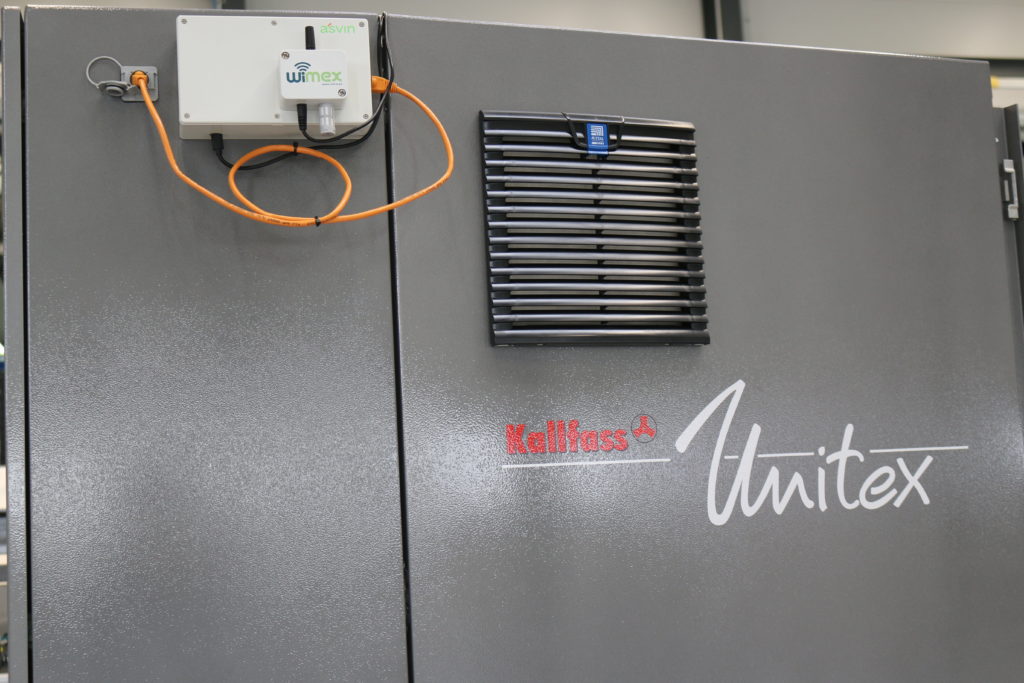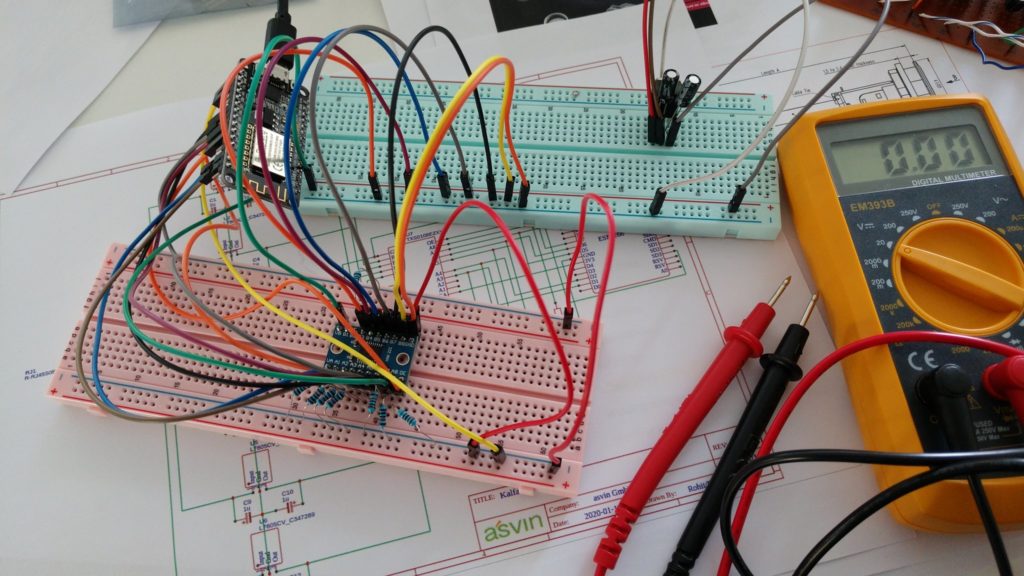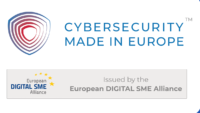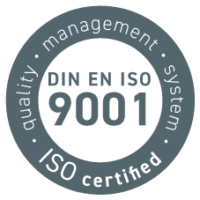
Internet of things (IoT) has brought in significant transformation in the industrial sectors such as manufacturing, logistics, energy etc. Because of the massive contribution of IoT in the industry sectors, a new term Industrial Internet of Things (IIoT) was coined by experts. The applications of IIoT mostly fall in the categories of connectivity, automation, optimization, monitoring and security. In this blog, I will describe an IIoT project completed by digital worx in collaboration with Kallfass and Odins.
What does Kallfass Do?
Kallfass is a leader in providing an extensive varieties of packaging technologies and machines. It offers wide range of machines which work the principles of Film full wrap and sleeve wrapped shrink film. In addition to that, their products are not limited to any industries rather they are used in pharmaceuticals, multimedia, chemicals, e-commerce, logistic, food beverages etc.

What was the Project?
The Kallfass machines are very sophisticated and are equipped with state of the art sensors and other electronics equipments. Although the machines could be configured using the Human to Machine Interface (HMI) touch panels installed on the machines, there was no possibility to monitor the sensors remotely. A research project named CYbersecurity solution for SEtup and MAintenance (CYSEMA) was undertaken by partners digital-worx, Kallfass and Odins for IoT networks especially in manufacturing. The project received funding under IoT4Industry project. The aim of the project was to design and develop an integrated cybersecurity solution to monitor and optimize productivity and performance in the industrial environment.
How did We Do It?
We selected one of the newest packaging machine which was supposed to be presented in the LogiMAT 2020 at the Messe Stuttgart. But unfortunately the fair was cancelled due to corona pandemic. Nevertheless, it didn’t stop us from creating a marvelous cyber security solution for IoT network. The packaging machine housed multiple sensors for precision, welding, temperature, safety etc. Our focus was to collect and monitor the sensors data from machine and send it securely to the servers. The data was stored, analyzed on the cloud server and displayed on a digital portal. The digital portal was accessible using smart phones, tablets, computer etc. We developed a layered modular IIoT architecture.

These are the main components and innovations of our solution.
Controller
The controller was designed and developed by Odins and digital-worx. The controller was powered by ESP8266 development board, L7805CV voltage regulators and basic electronics components. The ESP8266 board was embedded with Tensilica xtensa lx106 32-bit microcontroller, 4MB Flash, CP2102 USB-TTL IC, 16 GPIO pins, PCB antenna for WiFi, SPI, I2C, and UART interfaces. The controller was connected to the packaging machine with RJ45 cable. All signals carried 24v except ground. The signals were brought down to 3.3v using L7805CV and TXs0108e logic shifter. The controller was connected to a WLAN router which forwarded the data to our servers over HTTPs protocol.


Embedded Software
The controller ran a sophisticated embedded software. The software was developed by keeping the cyber security standards on mind. It was composed of 3 core modules.
1. Authenticator
The cybersecurity was the core aspect of the project. We wanted all interactions between our servers and the controller to be secured. We didn’t want our controller to be used a bot for cyber attacks. Therefore, we utilized a novel bootstrapping authentication protocol EAP-PSK implemented by Odins to provide an extra security layer. Moreover, the controller is authenticated with the servers over Constrained Application Protocol (CoAP) every single time when device is rebooted or a pre-configured time expires. This ensures that the controller can not be misused when it is compromised.
2. Collector and Forwarder
This module is responsible for receiving the sensor data, parse it, format it and forward it to the servers. The controller received following signal from the machine through RJ45 cable.
- Machine on/off
- Red light on/off
- Yellow light on/off
- Green light on/off
- Welding temperature reached or not
- Welding Bar open/close
- VDD
- Ground
This data was processed by the controller and sent to the cloud server for further analysis.
3. FUOTA
This was one of the critical aspect of the whole project. We worked with asvin to develop a tailored solution to provide over the air firmware updates (FUOTA) with end to end encryption for the controller. asvin has pioneered the OTA solution packed with peer to peer storage technology and distributed ledger technology. asvin uses InterPlanetary File System (IPFS) to store firmware files in encrypted form. All device and firmware metadata are stored on blockchain. asvin utilizes Alastrias‘s Network B which is a private permissioned ethereum blockchain network created using Hyperledger Besu. asvin platform delivers a firmware file to the controller with multiple layers of security. All transactions on the asvin platform are recorded in an immutable distributed ledger. It establishes the chain of trust by recording every event happening on the platform in the distributed ledger in the blocks interlinked with hash. The following is a screenshot of asvin platform.

Dashboard
It is the last piece of the picture which completes the whole project. It is imperative to analyze the collected sensor data and generate insights out of it. digital worx developed an online dashboard which runs a sophisticated data analysis algorithms to make sense of the data and visualizes it to end user with graphs and other digital media. The dashboard has a sleek design and intuitive user interface. It also has an user management module to assign different roles to users to restrict accessibility of the dashboard.

What are Advantages of It?
The project achieved all the milestones on time and was completed successfully. On top of that, it created a lot of value for Kallfass. Some of the core benefits of the project are following.
- Security: It was the nucleus of the project. Security solutions developed by Odins and asvin are the quintessential for IIoT.
- Optimization: The analysis of data led to better configuration of the sensors. Moreover, the performance of machine was optimized using learnings from the sensor data.
- Maintenance: The welding bar temperature and open/close data was used for preventive maintenance of the machine.
- Remote Monitoring: The project made it possible to access and monitor sensors remotely using the dashboard.
- Productivity: The preventive maintenance and better configuration resulted in increased productivity.





